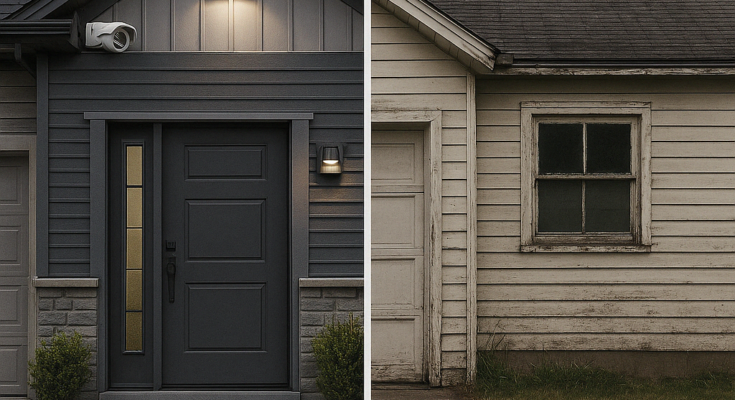Home Safety: The Foundation of Peace and Stability
Your home is more than a shelter—it’s a sanctuary where memories are made, laughter echoes, and loved ones thrive. Yet, comfort and beauty alone aren’t enough. True peace of mind comes from knowing your space is secure, shielding your family from risks both inside and out. From preventing break-ins to avoiding accidents, home safety is the invisible thread weaving together stability and serenity. Let’s explore how to fortify your haven.
Why Home Safety Matters
Home safety isn’t just about thwarting burglars. It’s about safeguarding against fires, gas leaks, electrical hazards, and everyday accidents. A secure home fosters mental calm, letting families focus on life’s joys instead of lingering worries. Whether you’re raising toddlers, caring for elderly relatives, or simply enjoying quiet evenings, proactive safety measures ensure your home remains a refuge.
How to Strengthen Your Home’s Safety
1. Fortify Doors and Windows
- Upgrade Locks: Install deadbolts or smart locks with tamper-resistant features.
- Reinforce Entry Points: Add door jammers, security bars, or shatter-resistant window film.
- Check Seals: Ensure windows and doors close tightly, especially on ground floors.
2. Invest in Security Systems
- Smart Cameras: Install HD cameras with night vision at key spots: front/back doors, garages, and hallways. Modern systems let you monitor your home remotely via smartphone.
- Motion Sensors: Pair cameras with motion-activated lights to startle intruders and illuminate dark corners.
- Alarm Systems: Choose systems with loud sirens and automatic emergency alerts to authorities.
3. Fire and Gas Safety
- Smoke Detectors: Place them on every floor, particularly near kitchens and bedrooms. Test batteries monthly.
- Gas Alarms: Install carbon monoxide and gas leak detectors to catch invisible dangers early.
- Fire Extinguishers: Keep one in the kitchen, garage, and near fireplaces. Train everyone on how to use them.
4. Childproofing Essentials
- Secure Cabinets: Use childproof locks on drawers storing chemicals, knives, or medications.
- Cover Outlets: Install safety plugs to protect curious little fingers.
- Stair Gates: Block access to stairs with sturdy gates, and add balcony railings if needed.
5. Electrical Safety Checks
- Inspect Wiring: Frayed cords or overloaded outlets? Fix them immediately. Schedule professional inspections every few years.
- Avoid Overloading: Use surge protectors and avoid daisy-chaining power strips.
6. Outdoor Vigilance
- Light It Up: Motion-sensor lights deter trespassers and prevent nighttime trips or falls. Illuminate pathways, driveways, and entry points.
- Trim Landscaping: Keep bushes and trees near windows trimmed to eliminate hiding spots.
7. Digital Caution
- Avoid Oversharing: Never post vacation dates or absences on social media.
- Secure Smart Devices: Use strong passwords and two-factor authentication for smart locks, cameras, and alarms.
8. Community Connection
- Know Your Neighbors: Build trust with those nearby. Exchange emergency contacts and agree to watch each other’s homes.
- Join Neighborhood Groups: Apps like Nextdoor or local WhatsApp chats keep everyone informed about suspicious activity.
The Ripple Effect of Safety
Every safety step, no matter how small, builds a shield around your home. Upgrading a lock, testing a smoke detector, or teaching kids emergency protocols—these acts compound into unshakable confidence. And while safety tools require investment, their value pales in comparison to the protection they offer.
Imagine a home where children play freely, parents relax without second-guessing risks, and evenings end in quiet contentment. That’s the power of intentional safety.


